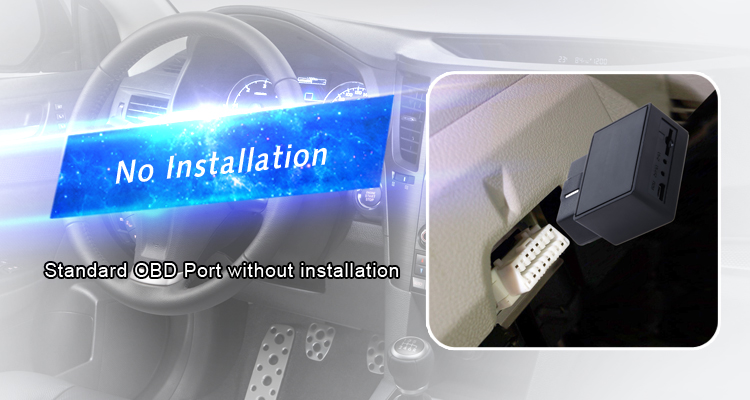When selecting an OBD tracker, understanding the distinction between OBD1 and OBD2 systems proves essential, particularly when evaluating their respective functionalities. OBD, or On-Board Diagnostics, denotes a vehicle’s self-diagnostic capability, crucial for detecting and reporting engine issues.
Technological advancements have significantly enhanced OBD systems, with newer iterations featuring standardized digital communication ports for real-time data transmission. This evolution has resulted in expedited diagnostics and more effective troubleshooting methods.
Initially focused on monitoring vehicle emissions, OBD1 systems were less adept at enforcing emission controls. Conversely, the introduction of OBD2 in the early 1990s marked a significant improvement. OBD2 boasts superior signaling protocols and messaging formats, leading to more precise emission test results and the standardization of engine issue trouble codes.
While OBD1 is typically directly linked to the vehicle’s console for diagnostics, OBD2 functions remotely, often utilizing Bluetooth technology for data retrieval. This remote connectivity aspect makes OBD2 more convenient for diagnostic procedures.
In summary, OBD2 represents a notable advancement over OBD1, offering superior diagnostics, standardized trouble codes, and remote connectivity, rendering it a more efficient diagnostic tool in contemporary vehicles.
Determining the Suitable OBD Tracker for Your Vehicle: OBD II or OBD I?
To ascertain whether your vehicle is equipped with an OBD1 or OBD2 system, consider the following methods:
Manufacturing Year Verification: The production year of your vehicle serves as a primary indicator. Cars manufactured before 1996 typically feature OBD1 systems. However, some manufacturers commenced the adoption of OBD2 as early as 1995. Therefore, if your car was produced in 1995, it may have either system.
OBD2 Standard Adoption Post-1996: Vehicles manufactured in 1996 or later are typically equipped with OBD2 systems. For these vehicles, an OBD2 scan tool is indispensable for diagnostics, as it is compatible with any OBD2 system.
Variability in OBD1 Scan Tool Compatibility: Due to the absence of standardization in OBD1 systems, OBD1 scan tools are often tailored to specific car brands or models.
Examination of Interface System: Inspect the diagnostic connector. OBD2 systems feature a standardized 16-pin connector. If your car’s diagnostic port aligns with this description, it likely has an OBD2 system. Conversely, an OBD1 system will feature a different connector type.
Dashboard Connector Location: Typically situated on the driver’s side, beneath the dashboard, in close proximity to the steering wheel, the OBD port is easily accessible without specialized tools. It may also be concealed behind a panel or within a compartment. In certain models, it could be located near the glove box or adjacent to the gear shift.
Under-the-Hood Examination: Search for a label under the hood indicating whether the vehicle is OBD1 or OBD2 certified.
Consultation of the Owner’s Manual: The owner’s manual should specify whether the vehicle is equipped with an OBD1 or OBD2 system.
Can OBD2 Read OBD1 Systems?
An OBD2 scan tool cannot directly interpret an OBD1 car’s data due to the disparate interfaces of OBD1 and OBD2 systems. Although it is feasible to connect an OBD2 scanner to an OBD1 system using an adapter, this solution may not always yield complete or accurate diagnostic information.
While an adapter facilitates the connection, differences in the systems’ programming may hinder the retrieval of comprehensive diagnostic data. Consequently, for reading OBD1 systems, it is advisable to employ a dedicated OBD1 scanner tool. However, procuring the appropriate tool can be challenging, given the variations in OBD1 interfaces across different car brands and models.



